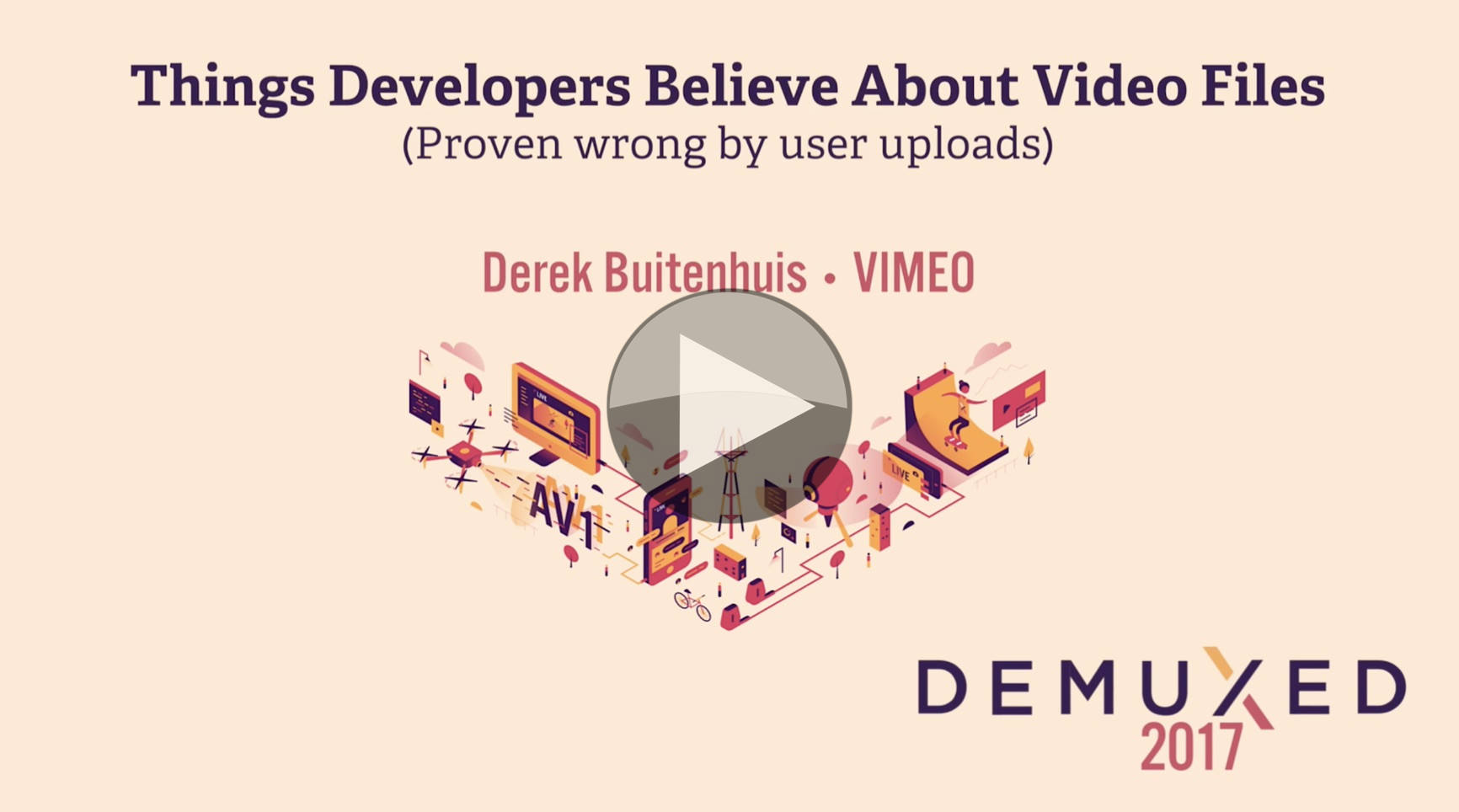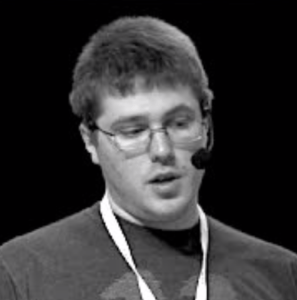
For many transcoding workflows, efficiency or quality are the primary factors defining how they are created. But when ingesting user-generated videos like those uploaded to the online video platform, Vimeo, life gets difficult. Dealing with the wide variety of formats uploaded and the many edge cases in the way that otherwise normal AVC videos are delivered means throwing out any assumptions you ever had and analysing every aspect of the file.
Senior video encoding engineer, Derek Buitenhuis takes us through the many lessons he and his colleagues have learnt over the years. Don’t, he says, assume that properties don’t change between frames – sometimes they change in every single frame. Assuming that you have a single frame rate throughout the video is another ‘no no’ as there are many variable-frame rate videos.
Derek also looks at dealing with samples stamped with negative timestamps, the need for sample durations, the myriad of issues seeking through a file, the fun of having some frames that aren’t displayed and multiple-track videos.
Colour spaces, no surprise to anyone, cause handling difficulties for example if the bitstream colour properties are different to those in the container. As the talk finishes, we’re left considering old MPEG2 files that can have unavoidable banding, replicating looping MOV files, and dealing with QuickTime special effects channels that animate a fire on the screen.
Watch now!
Speakers
 |
Derek Buitenhuis Senior Video Encoding Engineer, Vimeo |

